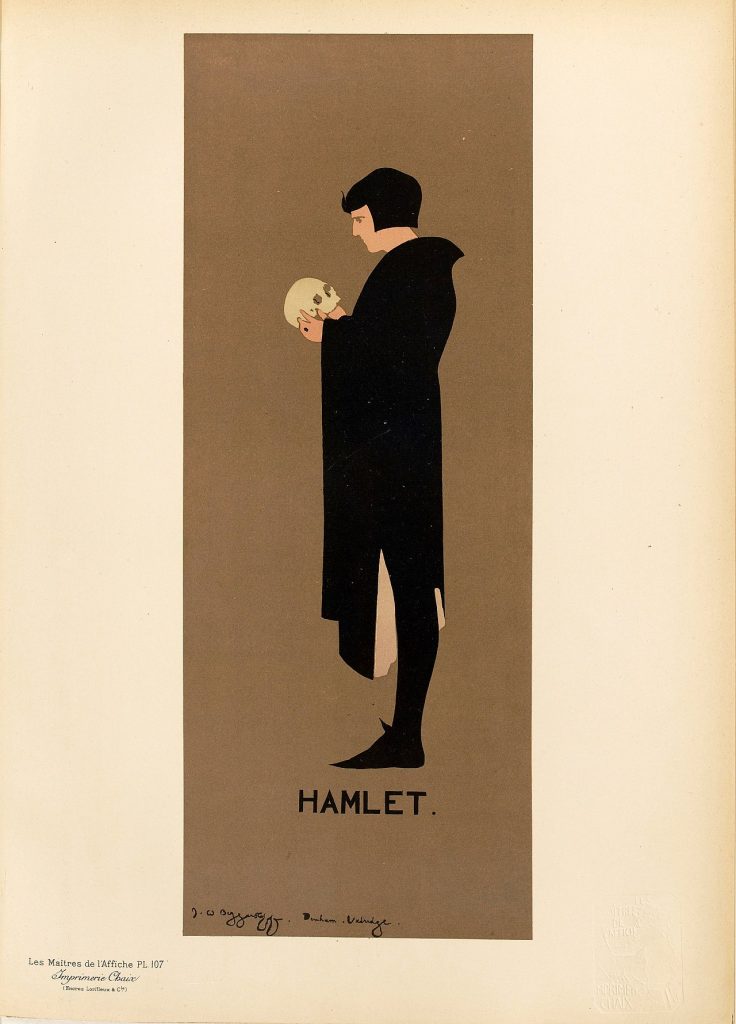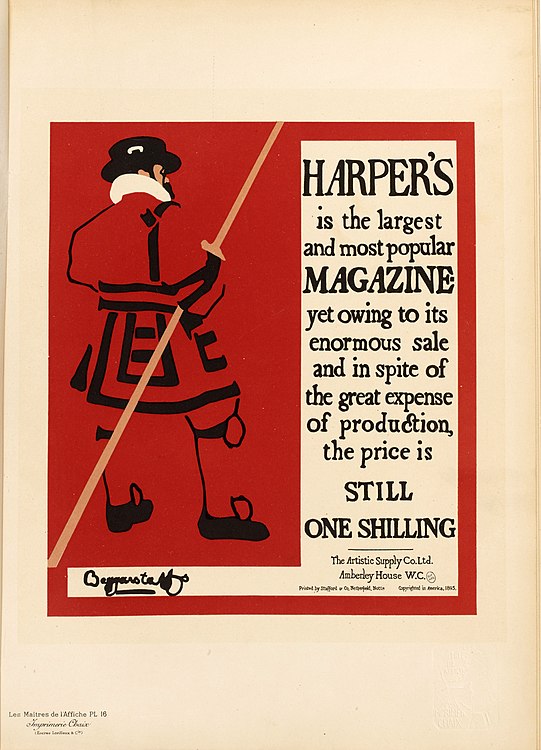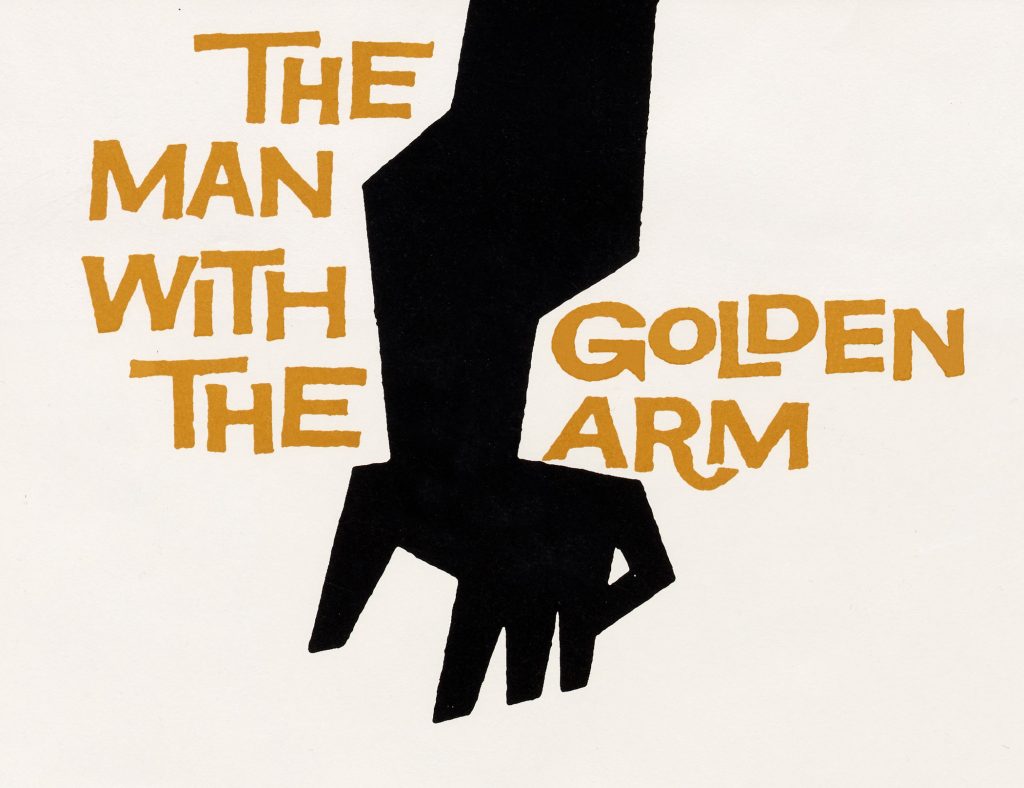The Design Duo
In 1894, British artists William Nicholson and his brother-in-law James Pryde began their partnership in creating posters and other graphic art. They came up with the name “Beggarstaffs, ” and according to Nicholson: “Pryde and I came across it one day in an old stable, on a sack of fodder. It is a good, hearty, English name, and it appealed to us; so we adopted it immediately.” They are also known as J. & W. Beggarstaff, or the Beggarstaff Brothers.
As the title of this blog suggests, in stark contrast to the organic and ornamental style of Art Nouveau that was gaining popularity, the style of their work was modern for its time. Their first client was their friend and actor Edward Gordon Craig, son of the famous actress Ellen Terry. He commissioned them to make a poster for the Hamlet play he was starring in.

The Beggarstaffs utilized a unique method of collaging paper cut-outs onto plain brown paper to achieve the flat and simple look as seen above. This is personally my favourite piece of theirs, due to the pure minimalism and effectiveness of the poster. The rationale behind their style was to attract people’s attention as they passed by on “horse buses,” (horse-drawn vehicles).
While they mainly portrayed figures through silhouettes, they also used partial outlines to depict figures, allowing the viewer to finish the image.

As seen in the poster, a figure known as a “Beefeater,” (a very silly name), is illustrated through flat shapes and an unfinished outline. Additionally, the Beggarstaffs experimented with blocks of contrasting colour to further catch your attention.
Unfortunately, their partnership would end in 1899 because of criticisms by businesses that saw their style as unfit.
Their Significance
As I have mentioned, the Beggarstaff Brothers were ahead of their time. They have changed design through their minimal style, influencing artists such as Lucian Bernhard.
Their work also reminds me of Saul Bass’ famous movie posters.

Although his posters are more geometric as seen above, they are still reminiscent of the flat shapes and focus on composition in the Beggarstaffs’ style. This is not only the case with Saul Bass but many designers today with design pushing towards simplicity and minimalism.
Leave a Reply